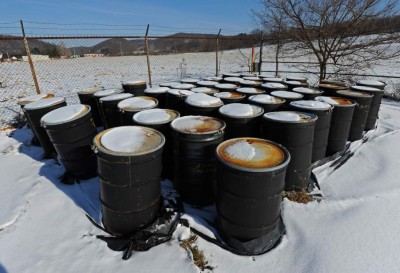But for every one of you there are at least as many like my wife who does nothing herself and makes her service appointments religiously. As far as what a dealship will charge you for a tire rotation or whatever. They will charge what they have to charge in order to keep their doors open. The same will be true of tire stores, and any other business out there. If they can't do that and say the tire stores make it unprofitable for them to offer tire services, they will simply stop servicing and providing warranty on tires, (actually I suspect they would "farm it out" to the tire stores underneath their own warrantee cause they won't want to give that up).
Dealerships won't go out of business unless they become unprofitable and even with electric cars I don't see that happening because people have to have a viable option and that doesn't exist yet.
For every person as your wife, there's also one dealership that will charge her a fee for "battery electron conditioning" and "BLNK-1000 EV Blinker Fluid". There is little incentive for dealerships to maintain EVs, because warranty works pays them next to nothing, and that's all the work there is.
Tire stores will still exist and will still charge the 50-100% markup prices they usually do over places like tirerack.com. You will still have places that do custom work on cars - you just won't have traditional dealerships as you know them today. But to be honest, I bet the ICE will still be around for another 10-20 years before EVs become so common stream for any of this to happen.
![[H]ard|Forum](/styles/hardforum/xenforo/logo_dark.png)


